Emerging Safety Trends 2025: Home-Based Healthcare
Mobile Safety Apps and Wearables
Trend: Organizations are equipping employees with mobile safety tools to enhance real-time communication and improve emergency response.
Example: Products such as KATANA Safety offer quick-trigger alarms that connect home health workers with emergency services in seconds.
87%
87% of lone workers felt significantly safer when equipped with a panic button or safety app
The Journal of Occupational & Environmental Medicine
Increased Focus on Workplace Violence Prevention
Trend: A growing commitment from healthcare organizations to implement training and protocols on how to deal with a potentially violent situation.
Example: Organizations have implemented pre-visit risk assessments to identify homes with a history of being unsafe, and prepare workers before entering homes.
60%
Agencies that implemented violence prevention training saw a 60% drop in reported incidents within one year.
OSHA
Improved Scheduling and Route Optimization
Trend: The use of route-planning software to reduce stress and travel through unsafe areas.
Example: One organization uses an AI scheduling tool to avoid high-risk neighborhoods and improve safety during late-night home visits.
15%
With optimized scheduling, agencies saw a 20% drop in staff-reported safety concerns and a 15% increase in on-time arrivals.
Home Care Plus
Remote Monitoring and Virtual Visits
Trend: Telehealth allows staff to remotely monitor patients without exposing them to any physical danger.
Example: Using remote monitoring tools to track vitals and perform follow-up visits with stable patients to avoid unnecessary in-home visits.
21%
Agencies that adopted remote check-ins during COVID-19 saw a 21% drop in caregiver injury claims related to in-home hazards.
CDC
Compliance and Reporting Tools
Trend: Agencies are investing in systems and training to ensure employees remain in line with OSHA safety standards.
Example: A digital reporting platform that allows staff to both record visit information and report unsafe conditions from a mobiel device.
53%
Healthcare agencies with real-time reporting systems see a 53% improvement in safety issue resolution times and a 40% reduction in repeat incidents.
OSHA
Support for Mental Health and Burnout
Trend: Home care is a high-stress, often isolating work environment, so organizations are instituting mental health and well-being initiatives.
Example: One organization offers access to a 24/7 mental health helpline and Employee Assistance Program (EAP), with optional monthly virtual therapy sessions for staff support.
25%
Organizations that offer mental health benefits have 25% higher retention rates and report 50% fewer sick days related to stress.
McKinsey
Summary
Home-based healthcare organizations that implement employee health and safety initiatives see:
Increased Retention
Improved OSHA Compliance
Faster Emergency Reolution
Contact KATANA Safety to see how we can help improve your employee safety measures.
